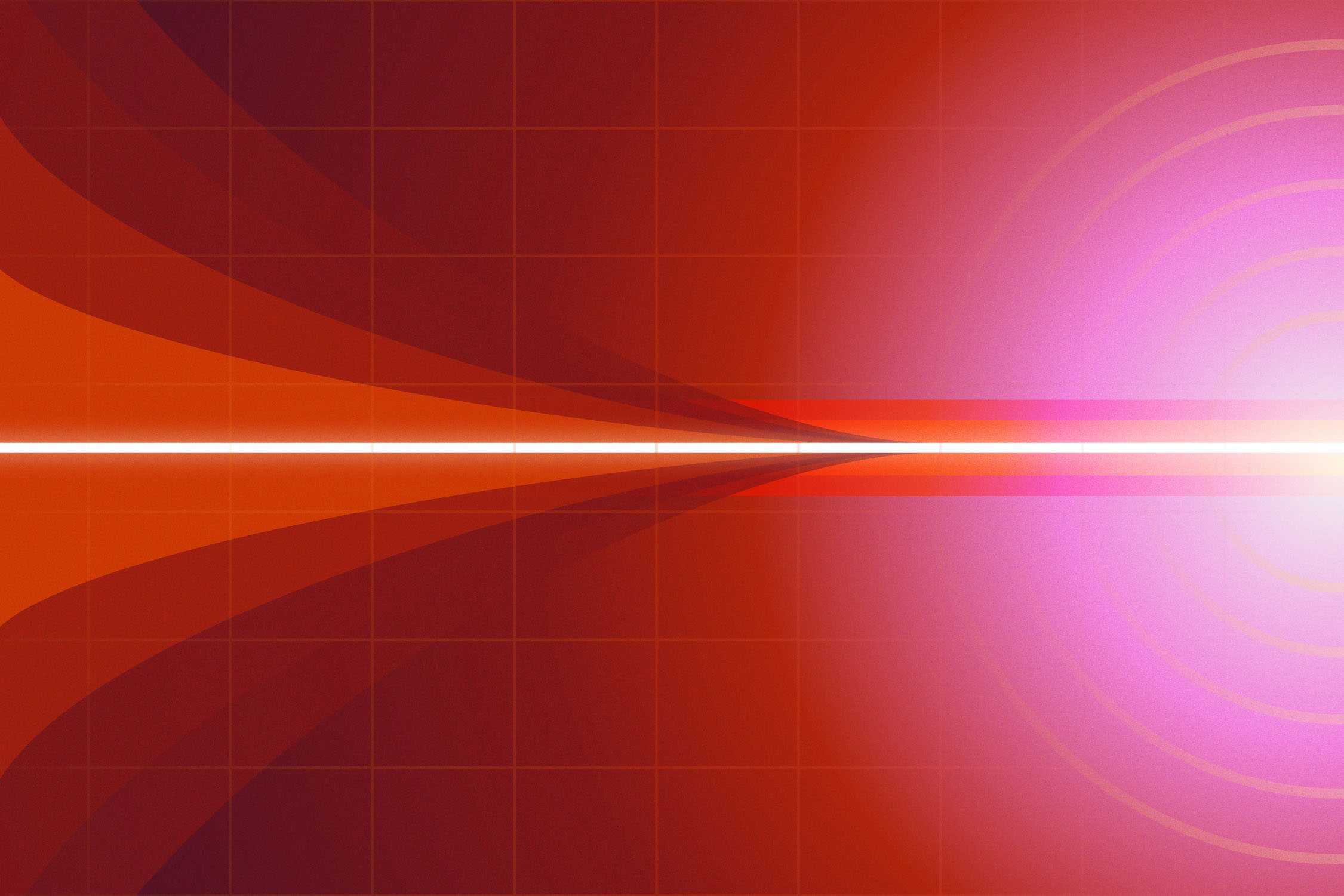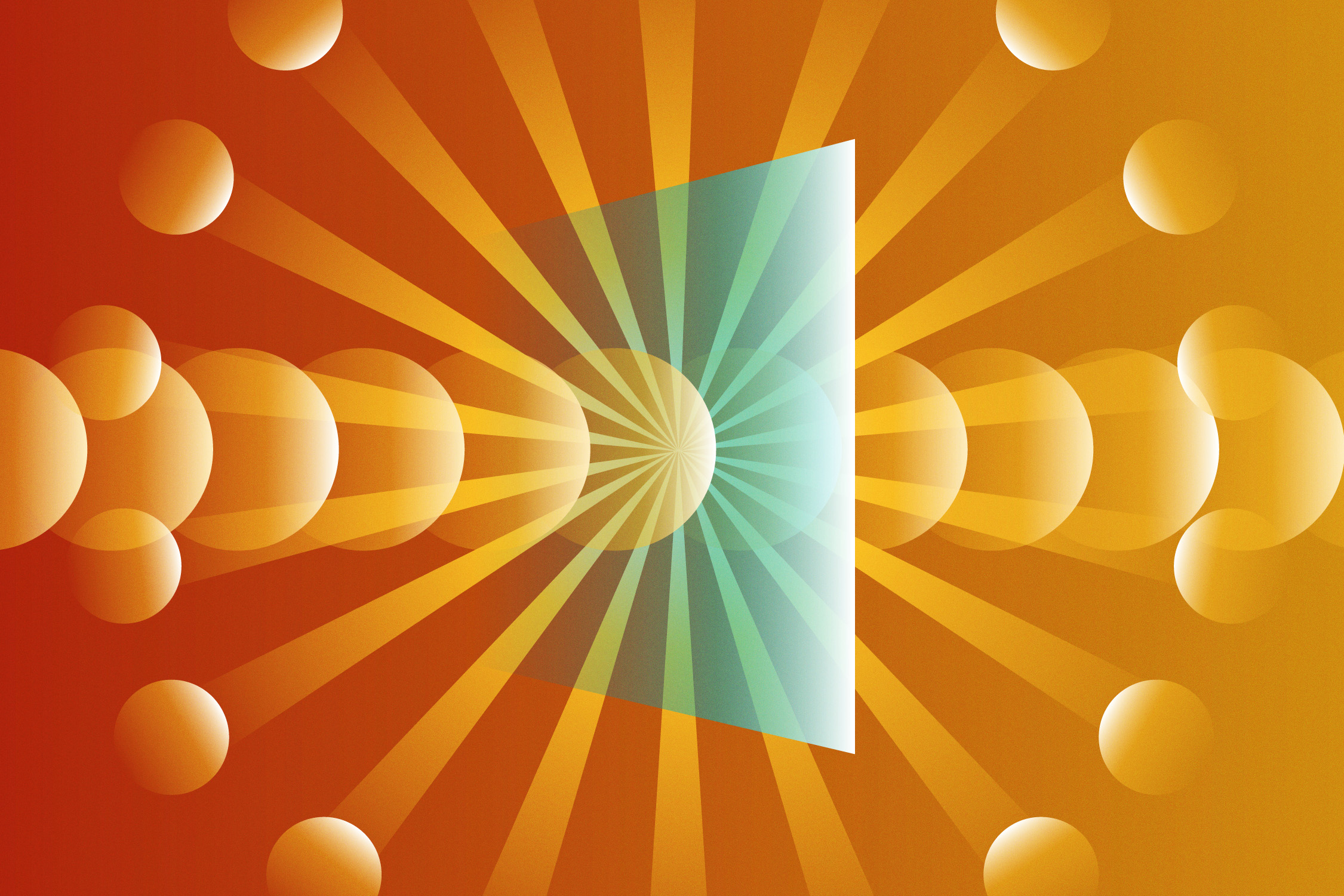Lasers Are Cool—and Cooling
Breakthrough laser-driven cryocooler with no moving parts
- Craig Tyler, Editor

Compared to heating, cooling is notoriously difficult and inefficient. It typically involves compressing and circulating a specialized refrigerant that draws heat away from one region and dumps it somewhere else (e.g., behind the fridge). The whole endeavor remains curiously old-fashioned, with all the groaning noise and rattling vibration one might expect from a process that essentially operates by 19th century plumbing.
However, in cutting-edge laboratory science, or in remote locations, such as onboard a spacecraft, rumbling plumbing just won’t cut it: the noise and vibration interfere with sensitive systems. Even in the most advanced cryocoolers, moving parts remain a significant drawback. Now, for the first time, moving parts are no longer necessary.

A research collaboration between Los Alamos and the University of New Mexico, led by Los Alamos scientist Markus Hehlen, recently unveiled a breakthrough in cooling technology: an all-solid-state optical cryocooler with no moving parts. While not cost effective for everyday consumer refrigeration, the new system offers tremendous benefit for advanced imaging and other applications.
The cryocooler takes advantage of anti- Stokes fluorescence, in which a material emits light at a slightly higher average energy than that of an exciting laser. To make up the difference, energy is withdrawn from heat within the material; it is essentially a laser running in reverse. Net cooling of a solid by anti-Stokes fluorescence was first observed in Los Alamos, in 1995.
Even though it was observed decades ago, using anti-Stokes fluorescence to create a practical cryocooling system has proven exceedingly difficult, requiring a combined absorption and quantum efficiency of 98 percent or more. That means the fluorescing material must be an extraordinarily pure crystal. The team was able to achieve this with an yttrium-lithium-fluoride (YLiF4 ) crystal, in which about 10 percent of the yttrium ions (Y3+) were replaced (or “doped”) with ytterbium ions (Yb3+). It is these Yb3+ ions that emit anti-Stokes fluorescence when excited by a laser at a 1020-nm wavelength, in the near infrared.
In addition to the crystal purity, the surrounding apparatus must be exquisitely designed to achieve the proper heat flow (conducting here, insulating there) and ensure the escape of the fluorescence light to prevent it from generating heat in undesired locations. The various components—vacuum chamber, mirrors, sensors, support structure, bonding agents, and optical coatings—all require optimization. This is particularly challenging due to the small crystal size (less than a quarter of a cubic centimeter) and the high laser power (50 watts or more) involved.
All that attention to detail finally paid off when the team cooled a high-end infrared sensor, such as might be used on a telescope or a thermal-imaging satellite, to its desired operating temperature of –138 degrees Celsius, much colder than existing nonmechanical cryocoolers can handle. A big part of that success relied upon designing a specialized thermal link to attach the sensor to the cooling crystal without creating an insulating barrier between them or allowing the crystal’s fluorescence to warm the sensor. (An adhesive mounting, for instance, would have failed on both counts.)
The research, which capitalized on a number of key Los Alamos specialties (such as optical technologies, crystal growth, and aerogels) and facilities (Target Fabrication Facility, Center for Integrated Nanotechnology, and advanced clean rooms), may prove transformative for a number of high-tech applications. For example, by eliminating mechanical jitter, the optical cryocooler could greatly improve image quality from ground- and space-based telescopes and high-magnification cryogenic electron microscopes without the need for ancillary systems to compensate for vibration. It also stands to upgrade a number of non-imaging applications, from improving the resolution of gamma-ray detectors to tightening the accuracy of atomic clocks.
Laser-driven crystal cooling can even revolutionize the laser itself. Upon demonstrating the new cryocooler, Hehlen and external collaborators immediately set to work on an important application: a self-cooling laser, in which the heat generated by the laser is exactly offset by the heat carried away by its own laser-crystal cooling. By eliminating thermal instabilities, such “radiationbalanced” lasers will be able to operate at much higher power. Cool.








